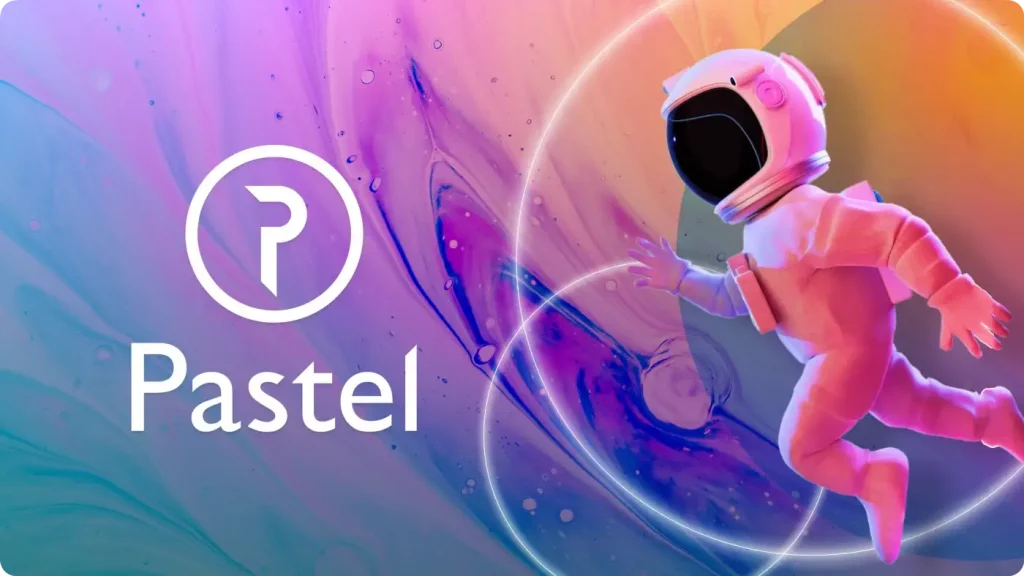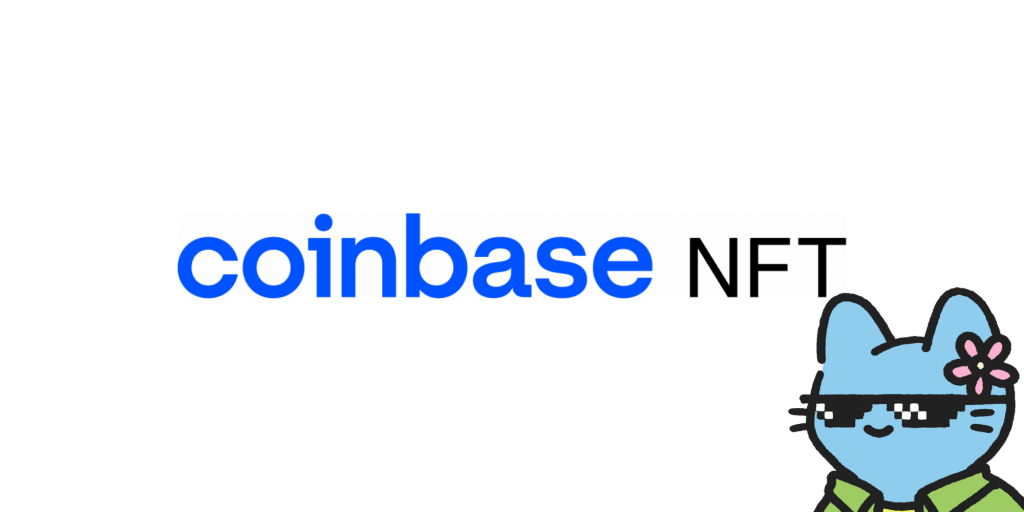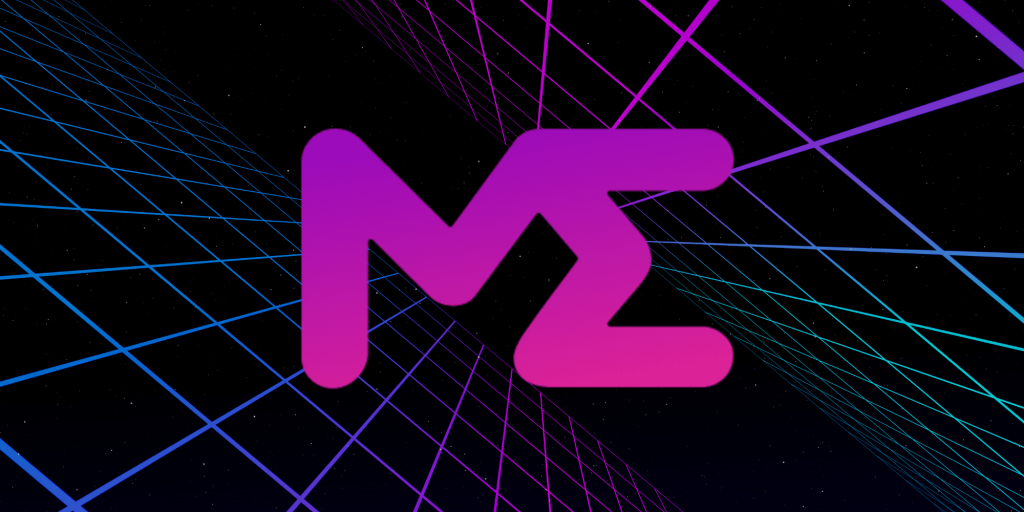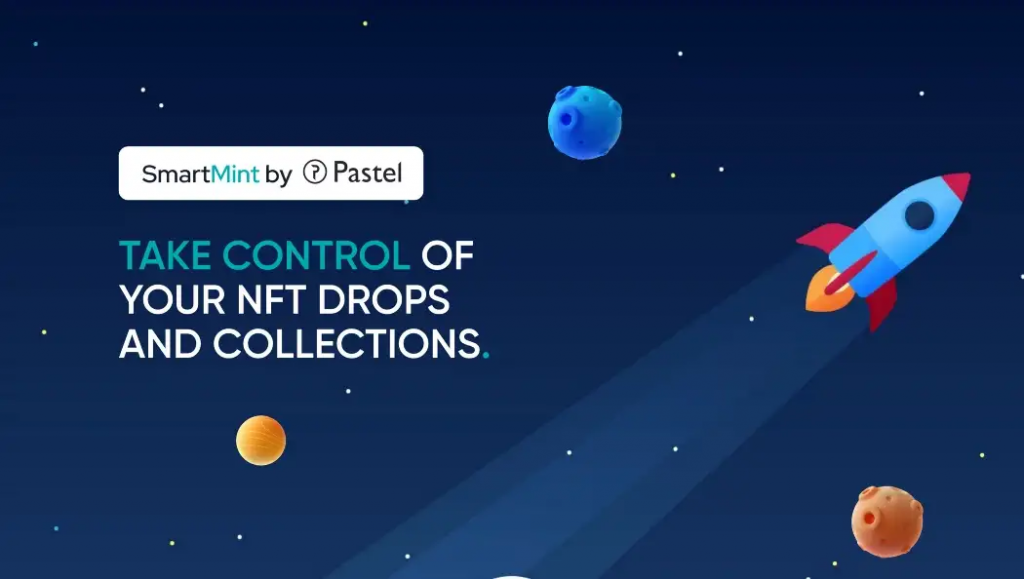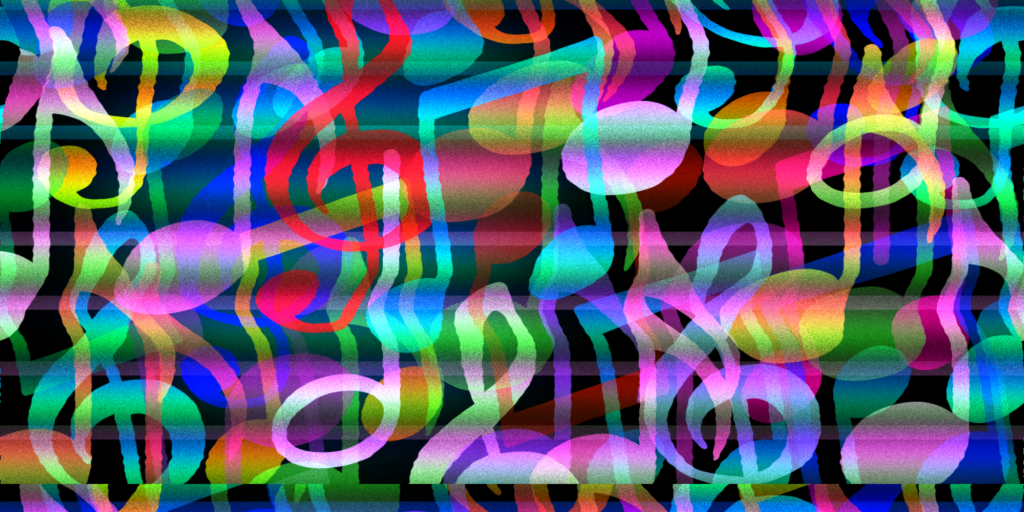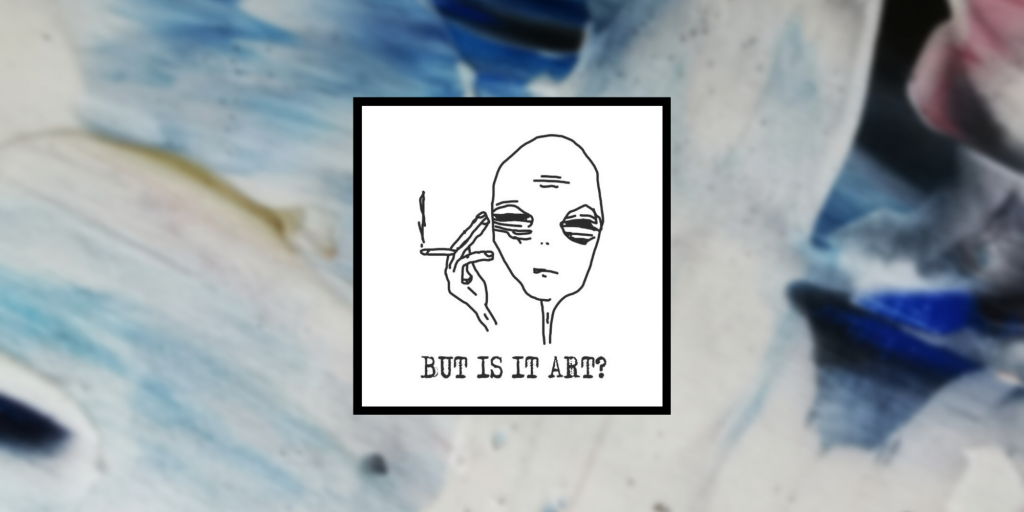In providing accurate NFT verification services, neither humans nor computers are sufficient. However, using a technology called perceptual hashing, mountainous digital files can be reduced to perceivable attributes such as shapes, patterns, and colors that can easily be compared by both humans and computers.
By combining perceptual hashing with human verification, NFT verification services can easily and accurately identify forgeries.Â
NFTs are an exciting application of blockchain technology and smart contracts that have attracted substantial attention from creatives and markets alike. However, as with anything of value, scammers will attempt to fool unsuspecting buyers into shelling out large sums of money for a forgery.
This is where an ingenious technology called perceptual hashing becomes valuable. However, perceptual hashing alone isn’t enough to automate the job of verifying the authenticity of NFTs. In order to provide valuable NFT verification services, we need a combination of computer and human perception.
The following guide explores how a technique known as percentual hashing is used by NFT verification services to flag potential forgeries and bring them to the attention of humans.
What Makes NFTs valuable?
First, let’s take a moment to explain what it is we’re trying to protect in simple terms.
NFT stands for “non-fungible token.â€
“Fungible†means, essentially, interchangeable. Take fiat currencies, for example. Every U.S. dollar is worth the same amount as every other U.S. dollar. U.S. dollars are fungible. All currencies are fungible, including cryptocurrencies. If you loan someone a $1 bill or 1 ETH, they can pay you back with any other $1 bill or 1 ETH.
NFT’s are not interchangeable as each one is unique.
A token is something that represents something else. For example, an arcade token represents a quarter. However, while the token has value to the holder, they can’t spend it at a convenience store.
They first have to convert the token back into a fungible quarter.
So an NFT is a crypto token that stands in place for a non-fungible asset.
How Do NFTs Track Asset Ownership?
Like currencies, NFTs have a value. However, as we explained, unlike currencies, NFTs are not interchangeable. Each NFT is, in essence, a contract that spells out who owns a particular digital token. The token represents the underlying asset. They can be tied to a physical object or they can represent a digital asset such as an image.
Let’s use cars as an example of how NFTs work. When a particular model of car is built, every car with the same features has the same price (in theory). However, as soon as you buy one of those cars, its value diverges from the value of all the other cars on the lot. They might be similar, but they’re not interchangeable.
When you buy a car, you get a title. The title is obviously not the vehicle itself, it’s essentially a token denoting ownership of that specific vehicle. Each vehicle has its own unique vehicle identification number (VIN). A database of VINs matches titles to owners. You need that VIN so you can search the database of titles (tokens) for that specific car to see who owns it.
When you sell the car, the title needs to be signed over to the new owner. The same is true with NFTs. When you sell an NFT, the change in ownership is immutably recorded on the blockchain.
NFTs can represent any type of unique asset.
Digitally Verifying the Authenticity of NFTs
There’s a huge challenge with digital NFTs. Like cars, NFTs can cost tens or hundreds of thousands of dollars and more. Unlike cars, however, digital files can be copied an infinite number of times. The image itself doesn’t have an identification number on it. And if it did, that would easily be copied too.
Without some way to verify the authenticity of a digital image, its value would be nil.
Any serious collector of physical artworks needs a way to verify that a particular painting is not a forgery. For this, they hire a professional service that specializes in identifying forgeries. Likewise, serious NFT collectors also need a way to verify the authenticity of an NFT.
A scammer can easily create an account on an NFT marketplace using the same or similar name as the original artist, then make a copy of the image and list it as a new NFT.
How can the potential buyer be sure that the NFT is authentic?
Comparing Original and Counterfeit NFTs
Theoretically, you could compare the NFT to a database of original NFTs. However, that would be a monumental task. For starters, you need to store a copy of every NFT for comparison. Then you would need to check every single bit and byte to make sure they match.
But what if the nefarious seller changes the NFT ever so slightly by making it a tiny bit darker or lighter or smaller or larger or framed or cropped. In these cases, comparing the image to files in a database would be useless as they won’t match. A computer would fail miserably in identifying even a slightly changed copy.
A person would be able to match the two images quite easily through human perception. The problem is, however, that it would take a human being eons to go through every NFT for comparison.
Perceptual hashing for verification of NFTs
How do we solve this problem? By using a technique known as perceptual hashing.
Hashing simply refers to the process of recalculating something to reduce it to a particular set of basic properties and get rid of unnecessary data.
A good example of this is private and public wallet keys. The private key is hundreds of characters long. The public key is a shorter version of the private key created through a complicated algorithm. (It’s near impossible to reverse the process and generate a private key from a public key. This intensive task would require the theoretical power of quantum computers, which don’t exist to the degree of sophistication needed to crack a blockchain.)
Perceptual hashing is the process of using an algorithm to convert an image into a set of easily perceivable attributes — such as shapes, patterns, and colors — that can easily be compared.
Human vs. Computer Perception
Perceptual hashing is a powerful tool for comparing images. In order to verify the authenticity of NFTs, however, we need the cooperation of humans and computers. The computer can easily compare highly similar images using perceptual hashing. However, if the image is sufficiently modified, the computer can only identify similarities between features in the original and the copy. It can’t make the call, so to speak.
If a computer using perceptual hashing determines that two images are identical it can flag the latter copy as a forgery without human intervention. If the computer sees no similarities between the two files, it can verify that an image is unique without human intervention.
However, if the computer sees some similarities between two images, but can’t verify that one is a copy of the other, it can flag them as being similar. A human being can then very quickly look at the two files and verify whether they are unique or if one is a slightly revised knockoff of the other.
Various NFT Verification Schemes
Stock photography services have been using perceptual hashing to identify copies and near copies of their assets for many years. Google Images, for example, uses perceptual hashing to help users find copies and variants of an image on the internet.
Perceptual hashing is also being used by services like YouTube to detect unlicensed use of videos and music. However, NFT collectors need more assurance than a Google search.
Being such a nascent technology, NFT authentication services are still in their infancy and a wide variety of proposals are being tested. For example:
- Pastel is a first-of-its-kind blockchain that uses perceptual hashing as part of its proprietary technology to find near-duplicate NFTs. Pastel’s Sense Protocol utilizes deep learning models using Tensorflow with Keras Applications to turn each NFT into an “NFT fingerprint vector” of over 10,000 numbers. Then, it determines a correlation between that fingerprint and all other NFT fingerprints on Pastel, other NFT marketplaces like OpenSea, and open databases like Google. Its relative rareness score is between 0% (the NFT is identical to another already registered NFT) to 100% (the NFT is completely unique). Pastel’s algorithms can be bolted onto any NFT marketplace.Â
- Mintable NFT marketplace offers reverse image searches for its own offerings using perceptual hashing.
- Blockchains such as Stellar use various trust-building mechanisms.Â
- Adobe allows artists to embed the creator’s wallet address and social media information into their NFTs.Â
- And Twitter helps owners of popular NFTs (such as Bored Apes) verify that they are, indeed, the rightful owner.
- Another NFT marketplace, Rarible, hand curates all artists and NFTs before they can be listed on the site.
Although it’s still early in the game, NFT collectors are already spending hundreds of thousands and even millions of dollars on NFTs. So there’s a fast-growing need for third-party NFT verification services. With such a demand, supply is sure to increase quickly.
Final Thoughts: NFT Verification as a Service
As you might imagine, NFT verification services are invaluable to serious buyers and sellers.
However, the concept of NFT verification services is still in its infancy. As such, a variety of new schemes are being developed and implemented.
No matter which of these developing schemes proves to be useful and becomes widely adopted, one thing is for certain: computer algorithms alone to compare NFT images is insufficient, so far.
By combining perceptual hashing and human verification, we can provide a high level of trust for legitimate NFTs and easily weed out forgeries.
